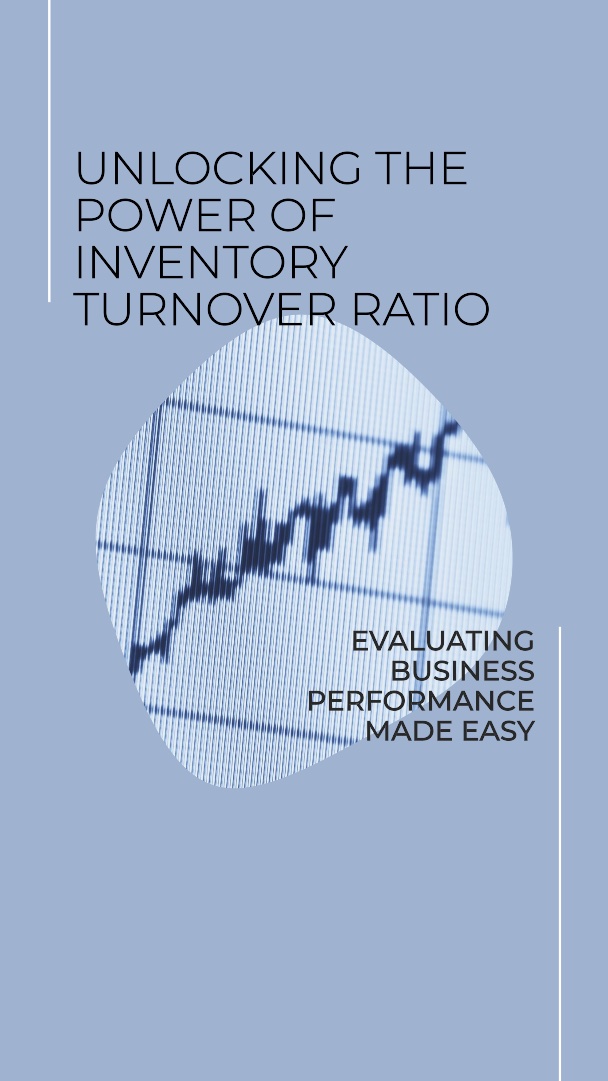Inventory turnover ratio is a vital metric for businesses, serving as a barometer of operational efficiency and financial health. This ratio quantifies how effectively a company manages its inventory by measuring the number of times inventory is sold and replaced within a given period, typically a year. Understanding the significance of inventory turnover ratio and its implications on business performance is crucial for informed decision-making and strategic planning.
At its core, the inventory turnover ratio reflects the speed at which inventory is converted into sales. A high turnover ratio indicates that inventory is efficiently managed and swiftly sold, minimizing holding costs and the risk of obsolete inventory. Conversely, a low turnover ratio suggests sluggish sales, overstocking, and potential liquidity issues. By analyzing this metric, businesses can pinpoint inefficiencies in their inventory management processes and take corrective actions to optimize performance.
One of the key benefits of monitoring inventory turnover ratio is its relevance to financial health. A healthy turnover ratio indicates strong sales and efficient utilization of resources, which can translate into improved cash flow and profitability. Moreover, investors and stakeholders often use this metric as a gauge of operational efficiency and management effectiveness when assessing the financial viability of a company.
Furthermore, the inventory turnover ratio provides valuable insights into market demand and customer preferences. A declining turnover ratio may signify waning demand for certain products or ineffective marketing strategies, prompting businesses to reassess their product offerings and sales tactics. Conversely, a rising turnover ratio may indicate increasing demand or the success of promotional efforts, guiding businesses in capitalizing on emerging opportunities and allocating resources accordingly.
In the realm of inventory management, leveraging advanced tools and technologies can significantly enhance efficiency and accuracy. This is where platforms like Orcainventory.com come into play. Orcainventory.com offers comprehensive inventory management solutions designed to streamline processes, optimize inventory levels, and improve overall business performance.
Through Orcainventory.com’s intuitive interface and robust features, businesses can gain real-time visibility into their inventory status, track sales trends, and forecast demand with precision. By integrating data analytics and automation capabilities, Orcainventory.com empowers businesses to make data-driven decisions, optimize stocking levels, and minimize stockouts or excess inventory.
Moreover, Orcainventory.com facilitates seamless coordination between various departments, suppliers, and distribution channels, ensuring smooth operations and timely order fulfillment. With customizable reporting tools and performance metrics, businesses can monitor inventory turnover ratio effortlessly and identify areas for improvement.
In conclusion, inventory turnover ratio serves as a valuable tool for assessing business performance, financial health, and market dynamics. By monitoring this metric closely and leveraging innovative inventory management solutions like Orcainventory.com, businesses can optimize their operations, maximize profitability, and stay ahead of the competition in today’s dynamic business landscape.


